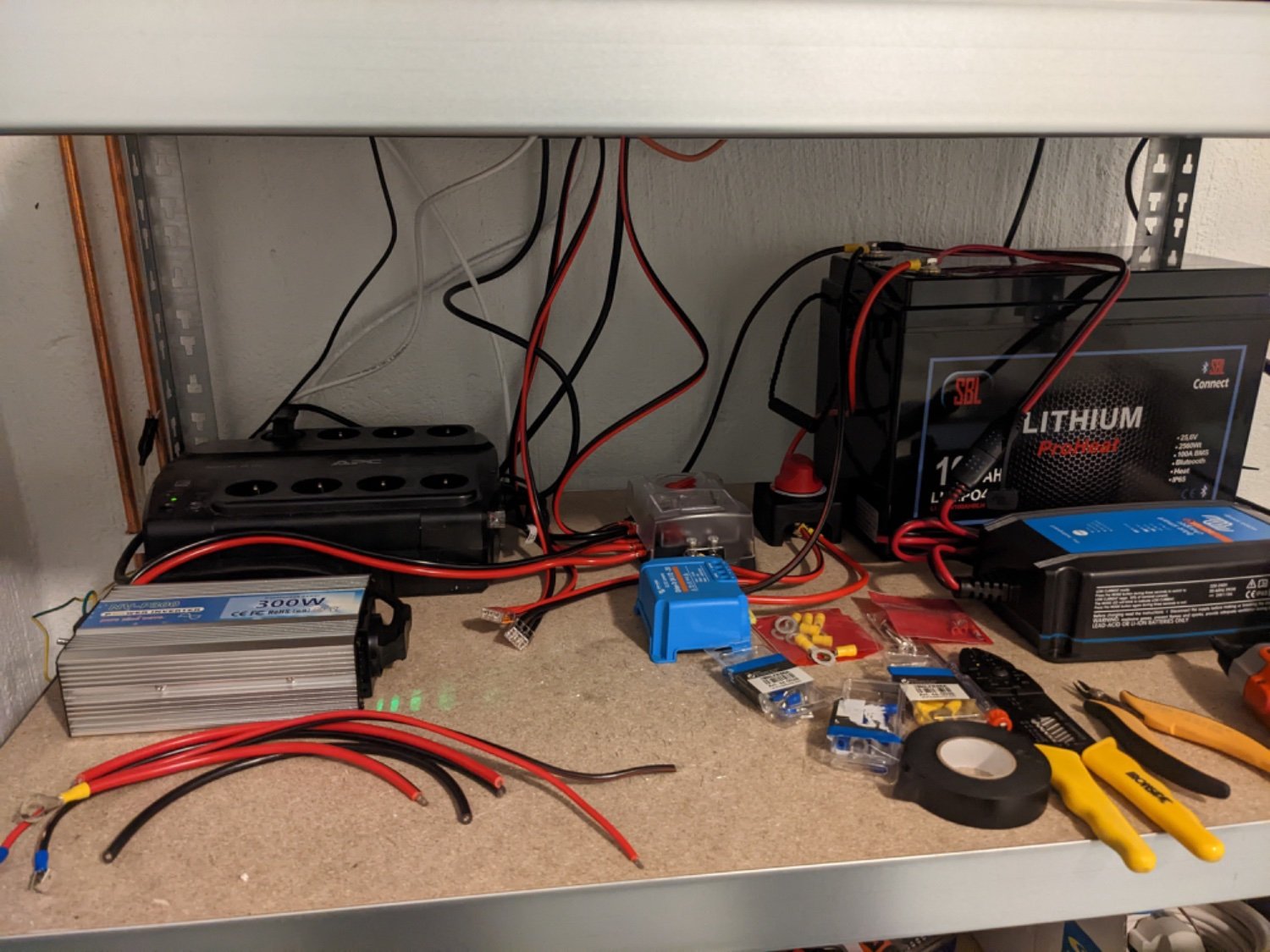You expect a different outcome every morning?
bia
This sucks, I know. I just responded to a friend's message from two months ago, and I've felt bad about not responding since then. But life happens, and for me at least it had nothing to do about that friends behaviour.
It's meaningful to me, and meaningless to the internet.
Wow, thank you! Don't know how I could have missed YouTube Revanced, that's exactly what I wanted!
I haven't seen this in any of the lists, but would it be possible to create a YouTube premium app without all the anti-consumer design. Like a fork of the official app where I'd be able to login, but not have all the bloat and just have search, subscriptions and playlists.
I think it's due to single sign on (SSO) or other means of authentication (OAUTH), which is convenient when used.
But I agree, annoying if you use username and password.
I don’t have a good link to share, but from the research I did the difference is huge.
LiFePO4 batteries have a higher capacity, longer lifetime, safer and higher power to weight density. Many come with built in communication, like my bluetooth connection.
They are also expensive, but for my use case it’s much cheaper over time. I use about half a charge per day, which this battery should be able to sustain for 5-10 years. A lead acid battery would probably last months.
Forgot to add that a big part of the setup is in the battery controller, which I built on my own. :) That was a very fun project, and now the battery is fully automatic and charging is based on hourly price and the power provided by my solar panels.

It’s not very cleanly built, and parts of it are hidden. But this shows the main parts.
The black UPS on the left is the old one, not in use anymore.
The silver inverter on the left feed a rail in my server rack.
On the right is the battery and charger, and in the middle the fuse box and transfomer.
It’s very homemade, but I believe it’s built like a DC net for a boat. It’s a bluetooth connected lithium battery, boat cabling and fuse boxes and Victron charger and voltage transformers.
I built it with “subnets” for different voltages. The battery is 24 V which feeds servers and a 34” monitor, then a transformer to 12 V for network gear, and several 5 V (USB) for a rack of raspberry pis. The is also a small 230 V transformer, for some gear that have built in PSU.
The largest server is fitted with a custom DC PSU I found on e-bay, others are normal external PSU where I cut the cables.
I actually built my own 2 kWh battery setup after finding available commercial UPS overpriced.
It took some work and cost me about 2000 euro, but now I run everything (including networking, servers and monitor) directly on a battery feed DC net in my house.
It's pretty cool too have all IT equipment unaffected by a power outage.
I built a 24V DC power network in my server and office space two years ago, backed by a battery. The constant "UPS" is great, and its power efficient.